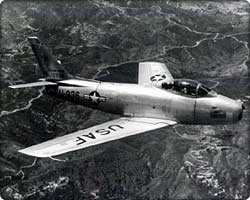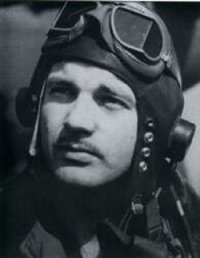|
|
Although not an Ace from World War II. Sergei Kramarenko was born on the 10th of April 1923 in the Ukraine, and like many other future aces, he felt attracted by aviation since his very early years of childhood. Separated of his father when he and his two brothers were kids, his mother (Nadyezhda Grigorievna Galkovskaya) encouraged him to learn to fly. Sergei was only 18 years old and barely entered in the Borisoglebsk flight school when Hitler invaded the Soviet Union on the 22 of June 1941. The Belikaya Otchyestva Boyna (Great Patriotic War) had began. Recruited into the VVS, and after a long period of learning, Starshii Leitenant Sergei Kramarenko finally saw action on the 23rd of February 1943 while flying a La-5FN of the 523rd IAP (later renamed 176th GIAP) when he shot down the FW-190A of Feldwebel Kurt Heise (5./JG 51, KIA). More than 2 years later he scored his 2nd victory during WWII: another FW-190A over Kustryn on the 16th of April 1945, this time flying a La-7. Few days later, Germany unconditionally surrendered to the Allies. The fourth high scoring MiG-15 ace, Kapetan Sergei Kramarenko, began his Korean War career participating in the huge aerial battle over the bridges across the Yalu River on the 12th of April 1951, between the 44 MiG-15s of the 324th IAD and almost 150 US combat aircraft (B-29s, F-86s, F-84s and F-80s), when he shot down the F-80C. On the 2nd of June 1951 Sergei bagged one F-86A -probably 2nd Lt. Thomas C. Hanson's- officially reported as "accidentally" lost by the USAF. But his most interesting victory against the Sabres happened on the 17th of 1951: during an engagement over "MiG Alley," Kramarenko accidentally separated from the rest of his unit and was jumped by three Sabres. Kramarenko had no way to know it then, but he had shot-up the F-86A flown by the WW2 ace Glenn T. Eagleston.
|




